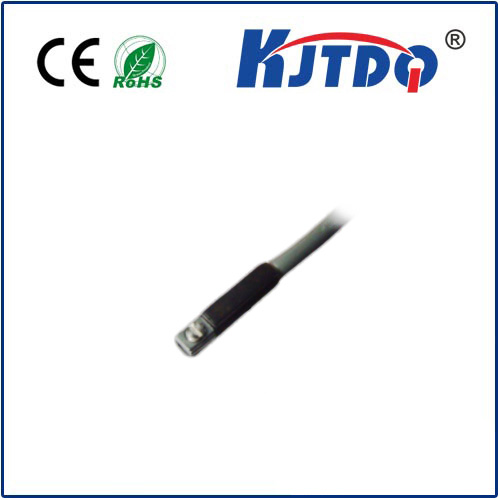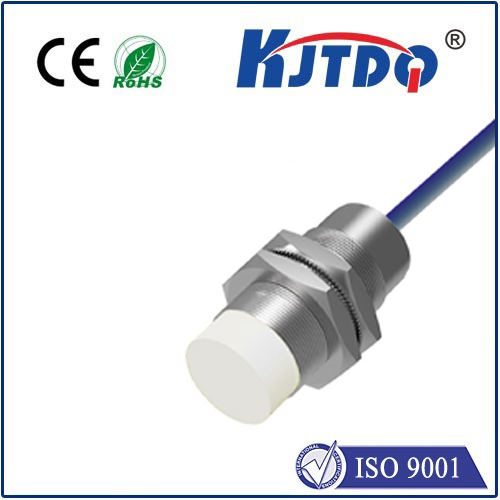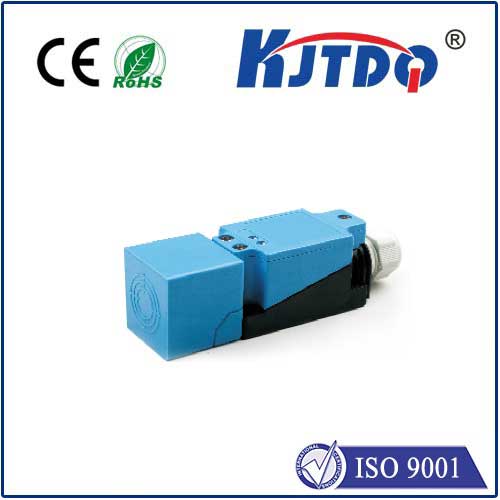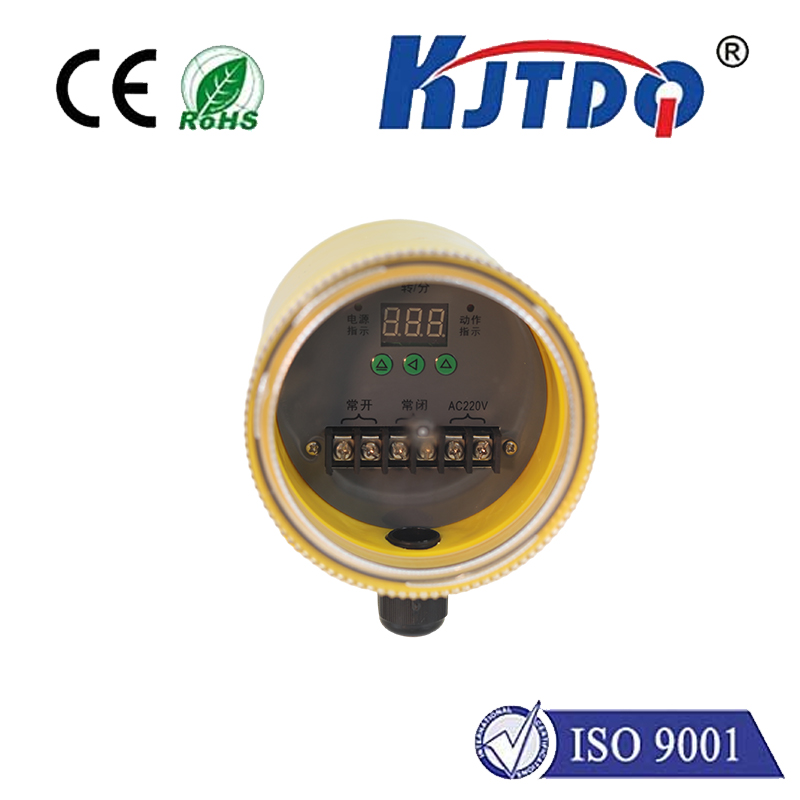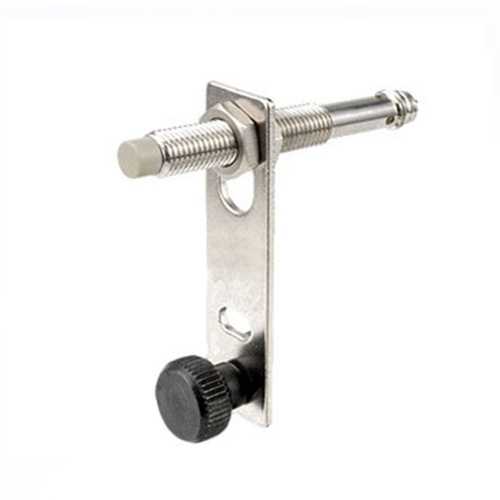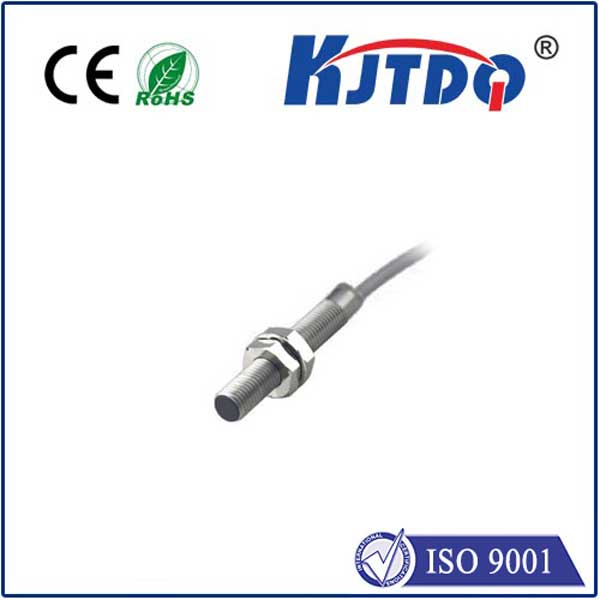Mastering the VL53L0X I2C Interface: A Comprehensive Guide for Developers In the world of IoT and embedded systems, distance sensing has become a cornerstone technology. Among the myriad of sensors available, the VL53L0X stands out as a game-changer. This time-of-flight (ToF) laser-ranging sensor offers unparalleled accuracy and versatility. But what truly sets it apart is its seamless integration via the I2C interface, a protocol that has become the backbone of modern sensor communication. This article dives deep into the VL53L0X I2C interface, offering insights that will empower developers to harness its full potential.
Before delving into the I2C specifics, it’s crucial to understand the VL53L0X itself. Developed by STMicroelectronics, this sensor is renowned for its ability to measure distances up to 2 meters with millimeter-level precision. Unlike traditional infrared sensors, the VL53L0X uses a 940nm VCSEL (Vertical Cavity Surface Emitting Laser), which minimizes interference from ambient light, making it ideal for both indoor and outdoor applications.
The Inter-Integrated Circuit (I2C) protocol is a popular choice for sensor communication due to its simplicity and efficiency. It allows multiple devices to communicate over a two-wire bus, consisting of a Serial Data Line (SDA) and a Serial Clock Line (SCL). The VL53L0X leverages this protocol to facilitate data exchange with a host microcontroller, enabling real-time distance measurements.
Addressing Scheme: The VL53L0X typically operates at a default I2C address of 0x29. However, this can be modified to allow multiple sensors on the same bus, a feature particularly useful in complex systems.
Data Transfer: The sensor communicates measurement data in a structured format, which includes distance, signal strength, and ambient light levels. This data is transmitted in bytes, adhering to the I2C protocol’s byte-level communication.

Configurability: Through I2C, developers can configure various parameters such as measurement timing, ranging modes, and interrupt settings. This flexibility allows the sensor to be tailored to specific application needs.
To begin using the VL53L0X, the first step is to initialize the I2C communication. This involves setting up the I2C bus on the microcontroller and ensuring that the sensor is correctly addressed. Most microcontrollers provide libraries or APIs to simplify this process. For instance, in an Arduino environment, the Wire library can be used to initiate communication.
# Включая
void setup() {
Wire.begin(); // Initialize I2C
// Additional setup code
}
Once the I2C communication is established, the next step is to read distance data from the sensor. This typically involves sending a command to initiate a ranging measurement and then reading the result from specific registers. The following code snippet illustrates this process:
void readDistance() {
Wire.beginTransmission(0x29); // Address of VL53L0X
Wire.write(0x00); // Command to start ranging
Wire.endTransmission();
delay(30); // Wait for measurement to complete
Wire.requestFrom(0x29, 2); // Request 2 bytes of data
int distance = Wire.read() For applications requiring higher precision or specific ranging modes, the VL53L0X offers advanced configuration options. These can be accessed by writing to various registers via the I2C interface. For example, setting the sensor to operate in high-speed mode can reduce measurement time, while enabling long-range mode extends the maximum measurable distance.
void setHighSpeedMode() {
Wire.beginTransmission(0x29);
Wire.write(0x01); // Register for mode selection
Wire.write(0x02); // Value for high-speed mode
Wire.endTransmission();
}
Despite its robustness, developers may encounter challenges when working with the VL53L0X I2C interface. Common issues include I2C bus conflicts, incorrect addressing, and data corruption. To mitigate these, it’s essential to:
Verify I2C Address: Ensure that the sensor’s address matches the one specified in the code.
Check Wiring: Confirm that the SDA and SCL lines are correctly connected and free from noise.
Use Pull-Up Resistors: Properly sized pull-up resistors on the I2C lines can prevent signal integrity issues.
The VL53L0X I2C interface finds applications across various domains. In robotics, it enables precise obstacle detection and navigation. In consumer electronics, it enhances user interfaces through gesture recognition. Additionally, its use in industrial automation for object detection and positioning underscores its versatility.
Mastering the VL53L0X I2C interface unlocks a world of possibilities for developers. By understanding its intricacies and leveraging its configurability, one can create sophisticated systems that push the boundaries of what’s possible with distance sensing technology. Whether you’re a seasoned developer or a novice, the insights provided here will serve as a valuable resource in your journey with the VL53L0X.
